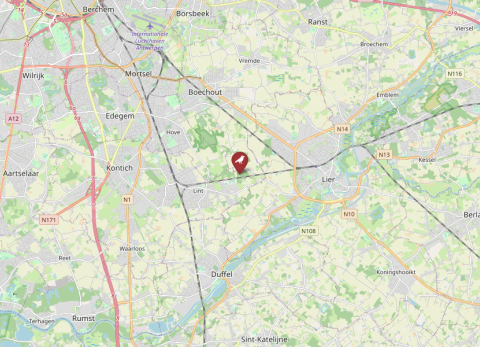| Species |
Great tit, blue tit, pied flycatcher, Eurasian nuthatch |
| Start year |
1994 |
| End year |
NA |
| Continuous collection of data |
Yes |
| Gap years |
NA |
| Longest data collection |
25 |
| Parental ID's recorded |
Yes |
| List of basic breeding data collected |
Lay date, clutch size, brood size, number fledged |
| Description of the protocols for breeding data collection |
A breeding attempt is defined as any nest in which at least one egg was laid. Attempts stopped during the nest building phase are not included in the database. |
| Description of the protocols for taking individual level measurements |
All capture data, i.e. all occasion in which a bird is handled or its location and status as recorded by electronic devices (e.g., radio-transmitter, pit-tag) are collected. |
| Experimental manipulations |
No |
| Description of experimental manipulations |
NA |
| Predation events recorded |
No |
| How are second clutches recorded? |
Broods are given 10 classifications:
- 0: Female breeding on nest with 0 eggs
- 1: First brood. The first nest of a known female in a given year
- 2: Second brood. Second nest of a known female in a given year. Identity of female/parents known AND at least one chick fledged successfully in first clutch.
- 3: Replacement clutch. Second nest of known female AND no chicks in first nest (nest abandoned before hatching).
- 4: Replacement clutch. Second nest of known female AND chicks in first nest (nest abandoned after hatching).
- 5: Replacement clutch. Late nest but no female/parents known from a first nest AND one or more nests (with unknown parents) known to have failed in the vicinity with a timing which could comply with the timing of the start of the current nest.
- 6: Third brood. Third nest of a known female in a given year. Identity of female/parents known AND at least one chick fledged successfully in first and second clutch.
- 7: Third brood. Third nest of a known female in a given year. Identity of female/parents known AND at least one chick fledged successfully in first OR second clutch.
- 8: Second replacement clutch. Third nest of a known female in a given year. Identity of female/parents known AND no chicks fledged successfully in first NOR second clutch.
- 9: Extra pair/Late first brood. Nest for which no first nest/parents/female is known AND no nest failures with acceptable timing could be indicated in the vicinity (thus, no replacement clutch). First egg date at least 10 days later than last documented genuine first brood (thus, no ordinary first brood).
|

